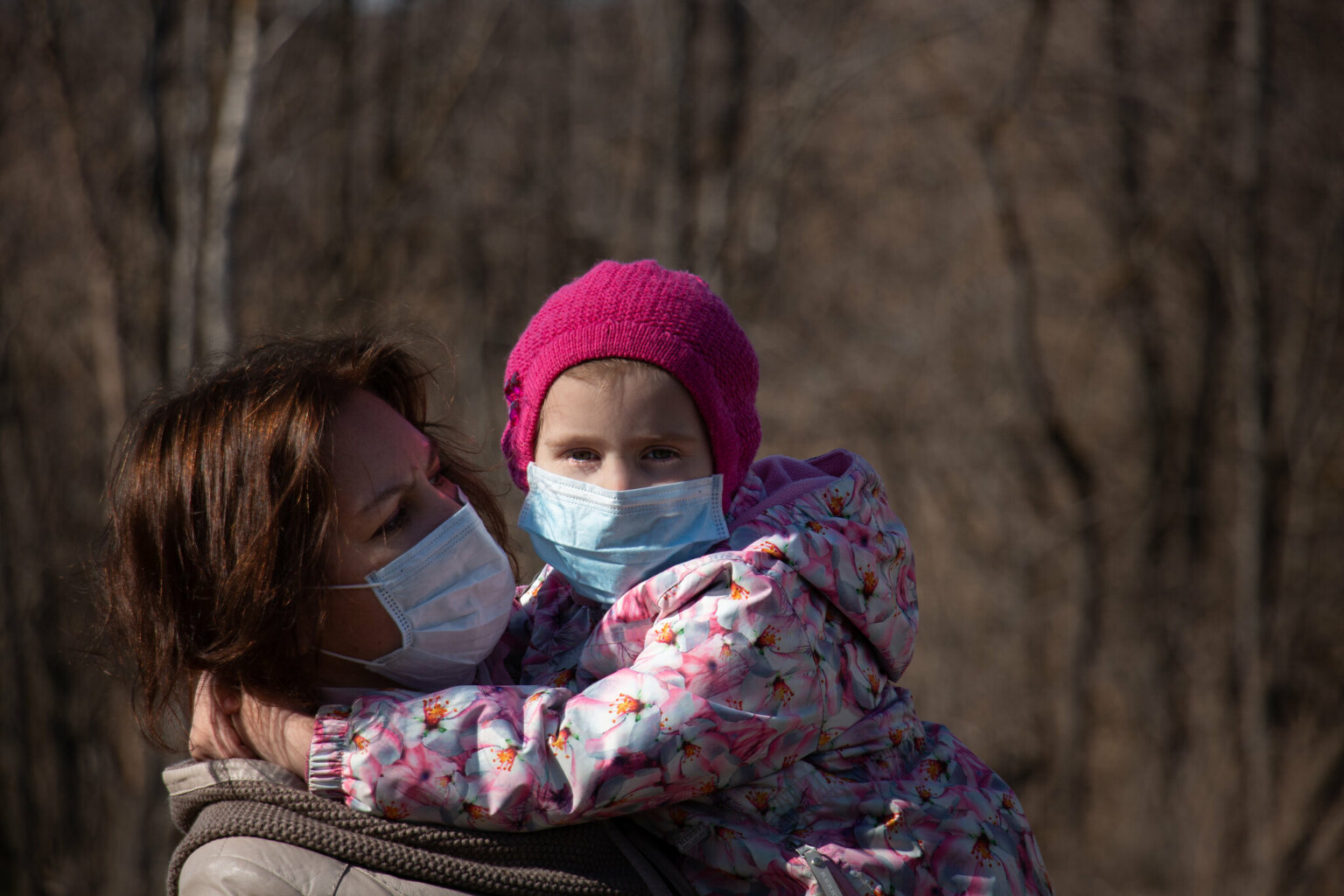- About
- Topics
- Picks
- Audio
- Story
- In-Depth
- Opinion
- News
- Donate
- Signup for our newsletterOur Editors' Best Picks.Send
Read, Debate: Engage.
| topic: | Health and Sanitation |
|---|---|
| editor: | Abby Klinkenberg |
With the onset of a blustery European winter has come a serious spike in cases of COVID-19 across the continent. It is increasingly apparent that naivety bolstered the assumption that the global vaccine rollout would restore a semblance of normality. With large portions of EU populations remaining either skeptical or outright against vaccination, the combination of loosened pandemic-related regulations and colder temperatures has proven to be a recipe for a worrying increase in cases, especially over the past month.
While this spike in new cases can be seen across the continent, it is particularly fierce in North and Central Europe, as the Netherlands, Belgium, Germany, Austria, and the Czech Republic have shattered their daily records for new cases. As governments pursue different strategies to address the growing outbreaks, frustration is boiling over for those who feel that lockdowns, vaccine mandates, and COVID-19 passes infringe upon their fundamental rights.
Austria is currently home to perhaps the most extreme European COVID-19 strategy: on 19 November, Austria announced that it would be returning to a full national lockdown as of 22 November and mandating vaccination for all eligible people as of February 2022 – the first mandate of its kind in Europe. While leaders in Belgium and Germany have committed themselves to avoiding a return to full lockdown, the insufficiency of Austria’s initial ‘lockdown for the unvaccinated’ (which these countries have adopted) and its consequent move to re-enter a national lockdown may be prescient – indeed, Germany is already considering the same measure. Naturally, Austria’s path-breaking approach has provoked path-breaking resistance, the likes of which could anticipate similar hostility as governments across the continent try to contain the latest wave of the virus.
After Austria’s renewed lockdown was announced, over 35,000 people took to the streets in Vienna to protest what they perceive as an unwarranted lockdown and a “totalitarian” vaccination requirement. While it is tempting to attribute such resistance to Austria’s vaccination rate – hovering somewhere around 64 percent – which is low compared to the EU average, even countries with above EU average vaccination rates like the Netherlands (69 percent) and Italy (73 percent) have faced similar resistance in response to markedly less drastic measures. For instance, Dutch residents rallied against new regulations in a violent scene that involved torched vehicles and fireworks; police even opened fire on protesters. In Italy, ongoing protests have fought against the country’s COVID-19 health pass that is necessary for residents to work. These protests, peaceful and violent in turns, are unlikely to end soon.
While the matter may not yet be settled in the streets, on the level of the courts, things seem a bit clearer. Earlier this month, the European Court of Human Rights (ECHR) rejected two appeals from parties in France and Greece that sought to overturn mandatory vaccination rules for their professions (emergency workers and healthcare practitioners, respectively). Along with other national pandemic policies, Austria’s decision to mandate vaccination for all eligible individuals will certainly be fought, but the ECHR’s legal rulings suggest that anti-vax activists could be fighting a losing battle.
It’s likely that the winter will see the imposition of stricter pandemic-related measures across Europe and if (more likely ‘when’) more governments follow Austria’s lead and require vaccination, activist groups across Europe will insist that vaccine mandates are an infringement on their fundamental rights. Resistance will doubtlessly play out in both the courts and on the streets, forcing governments to answer the age-old question: does individual liberty or the public good carry more weight?
Photo by Braňo

